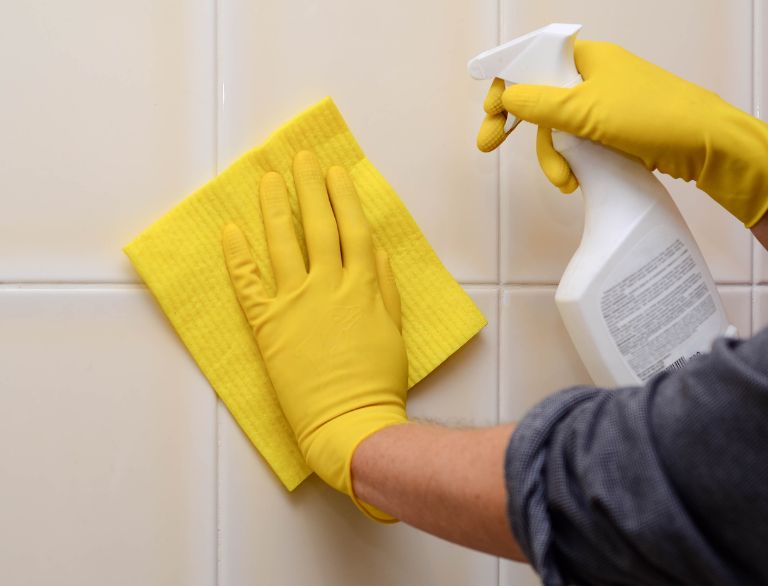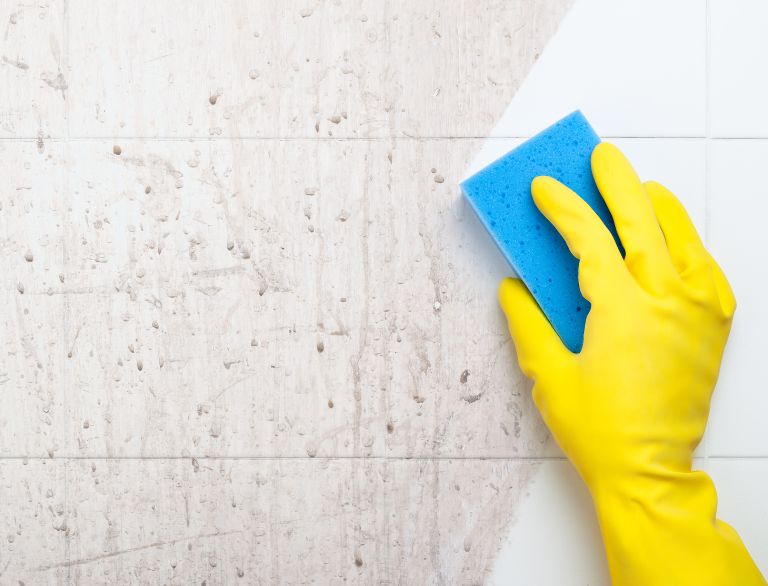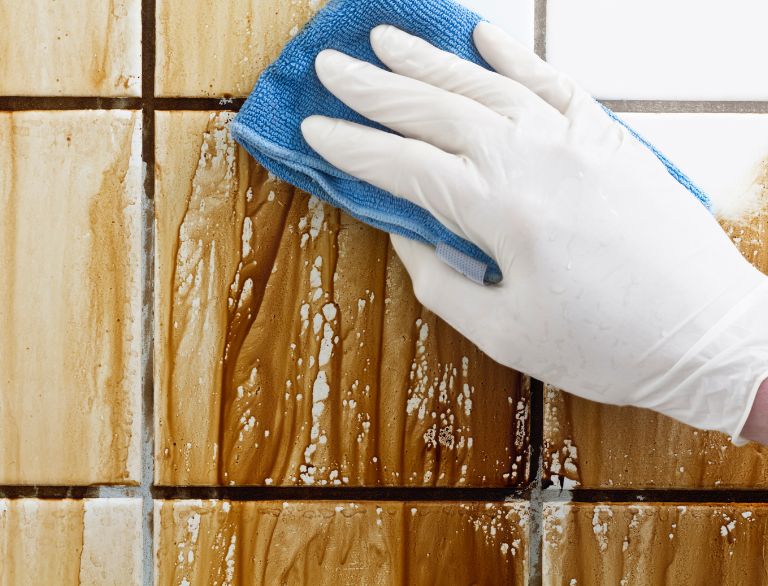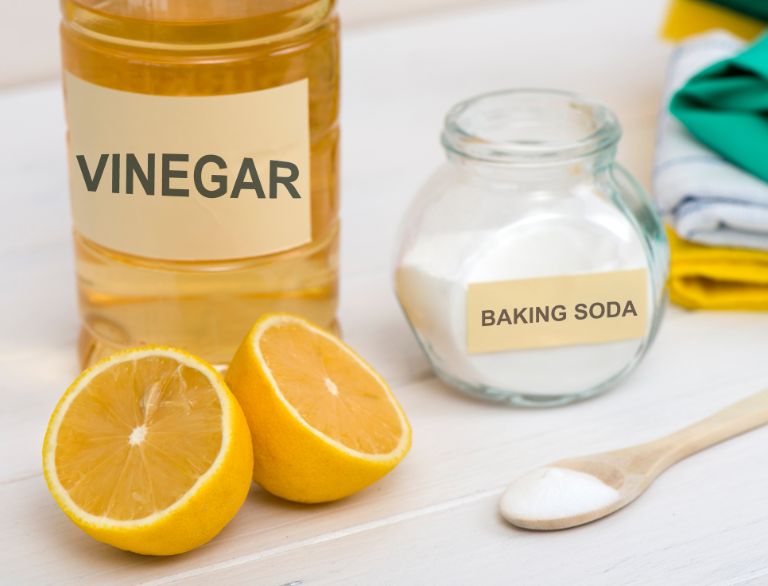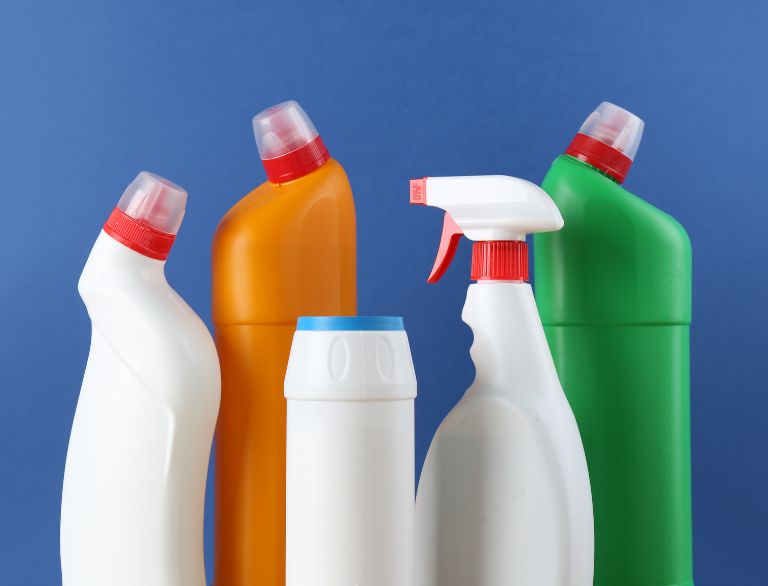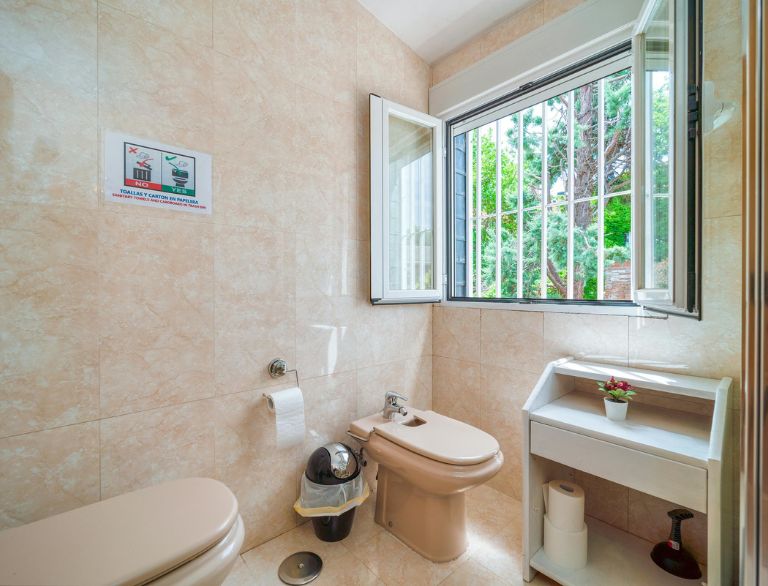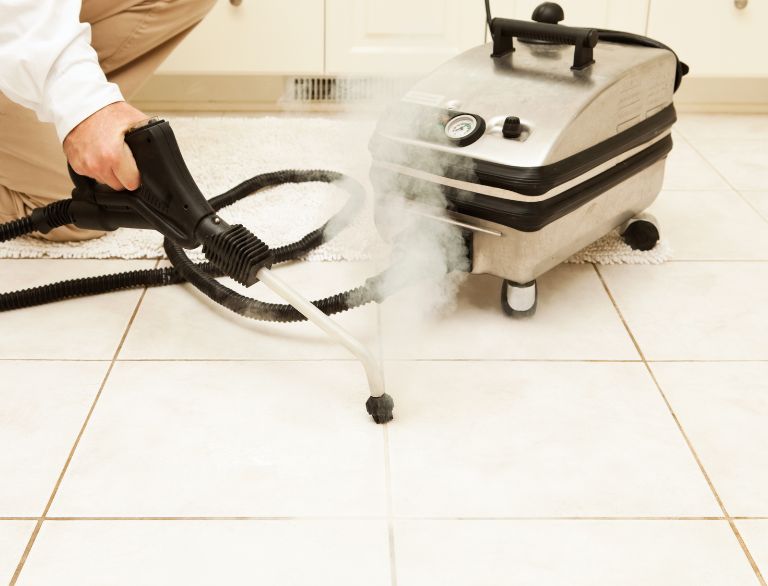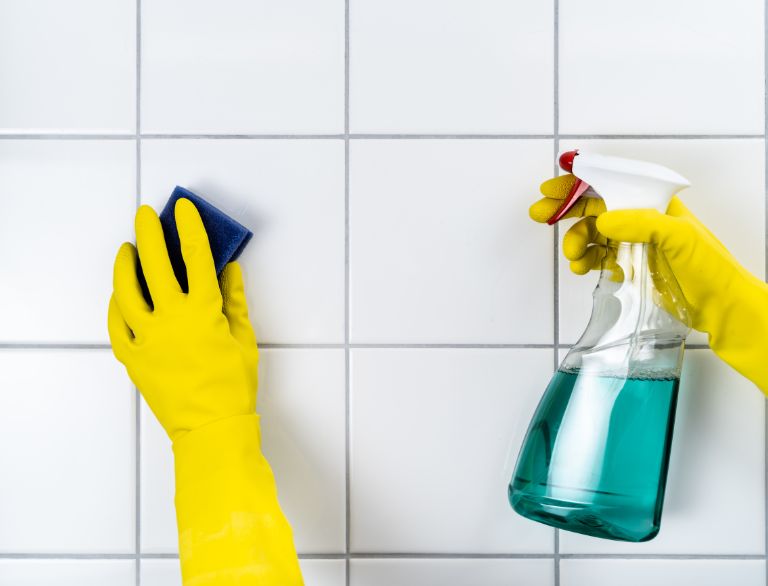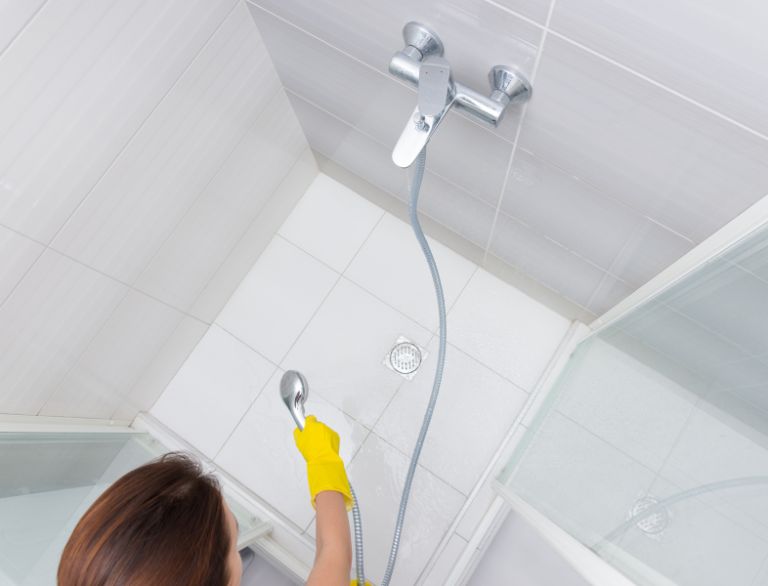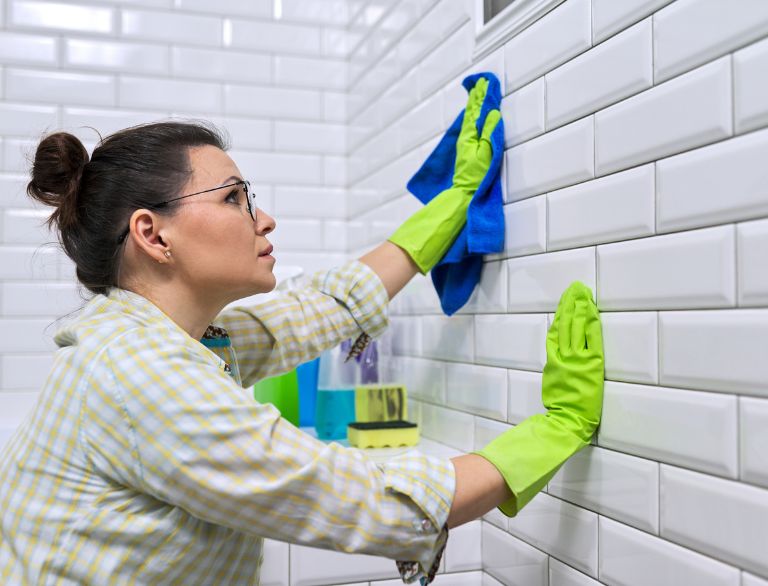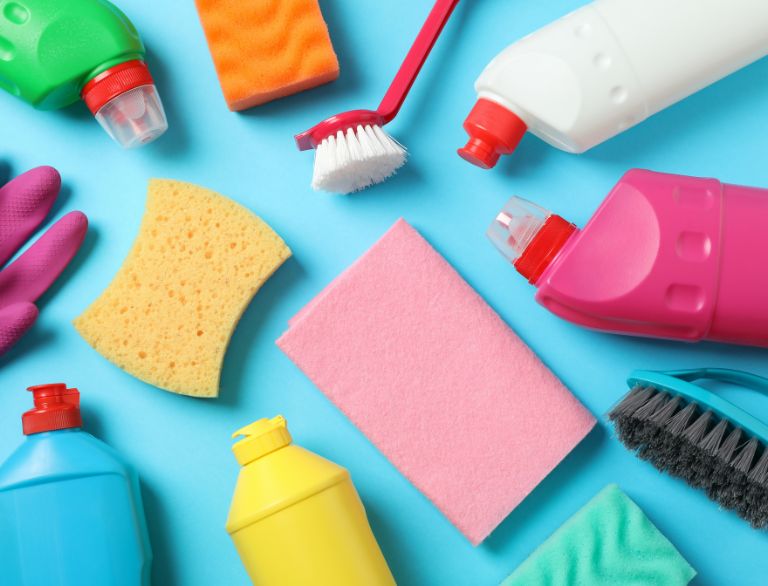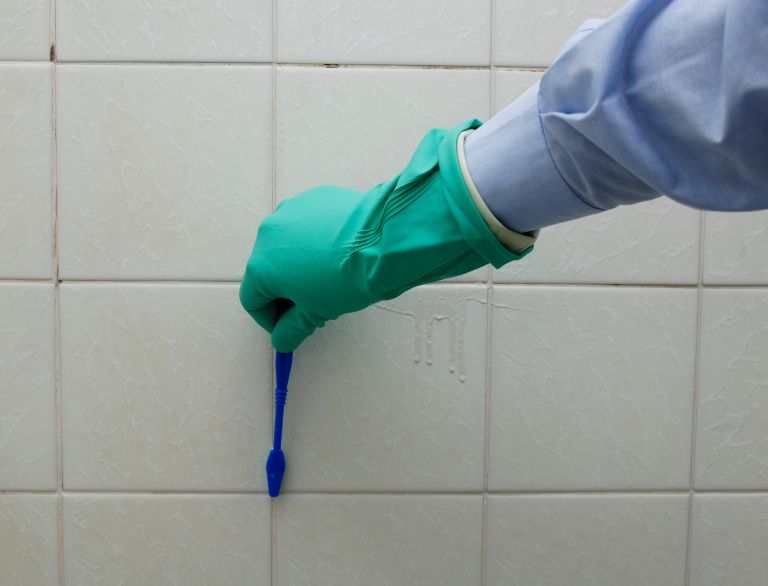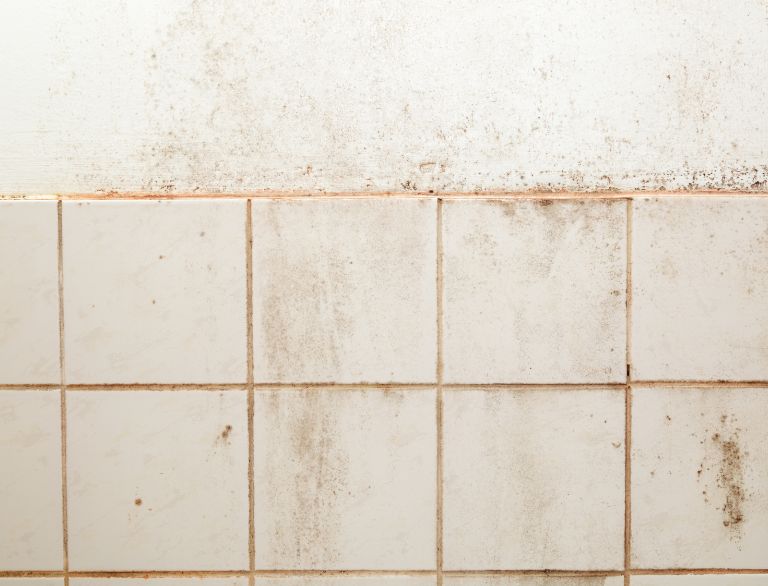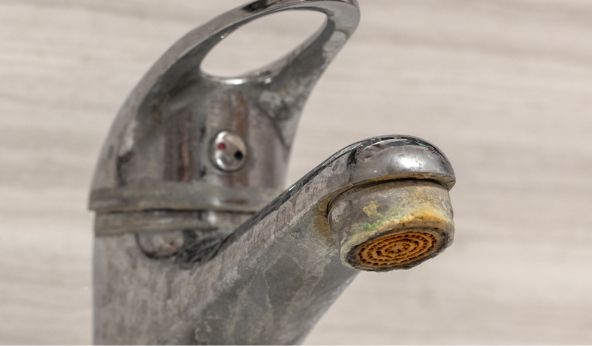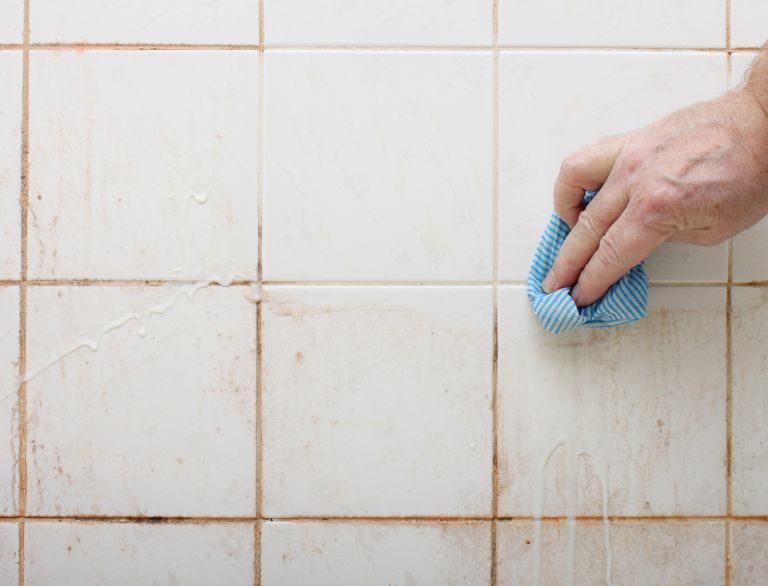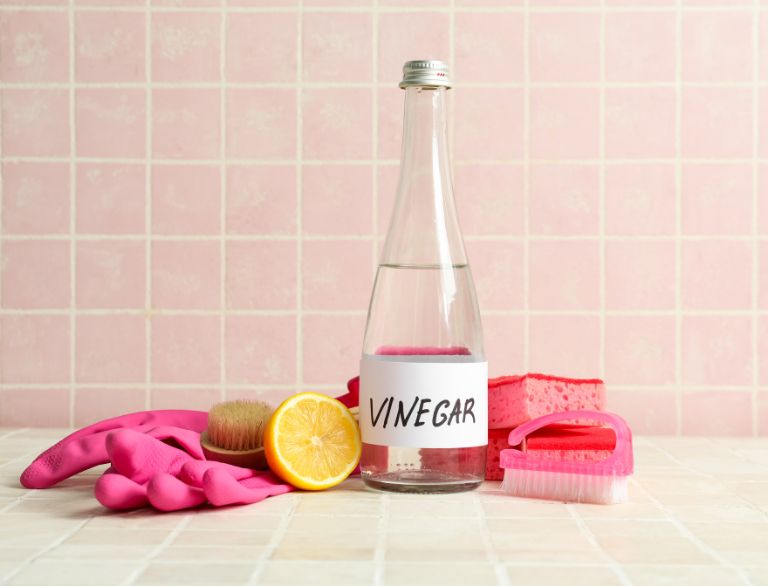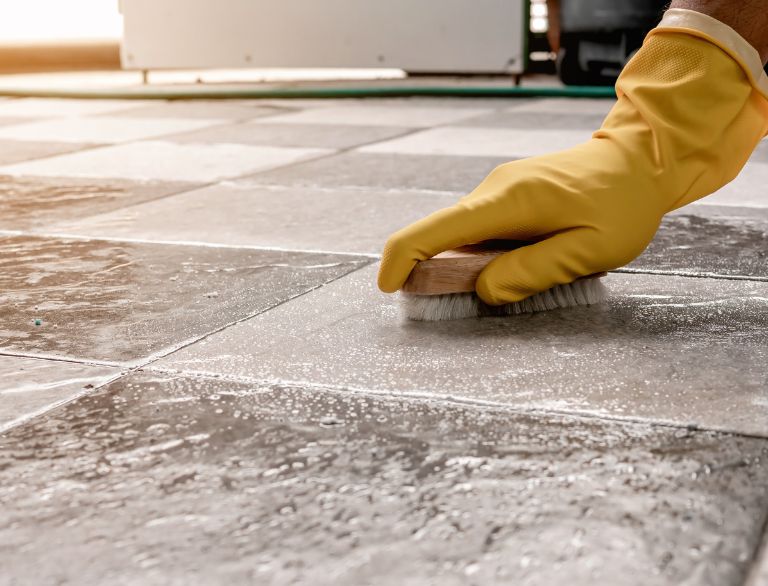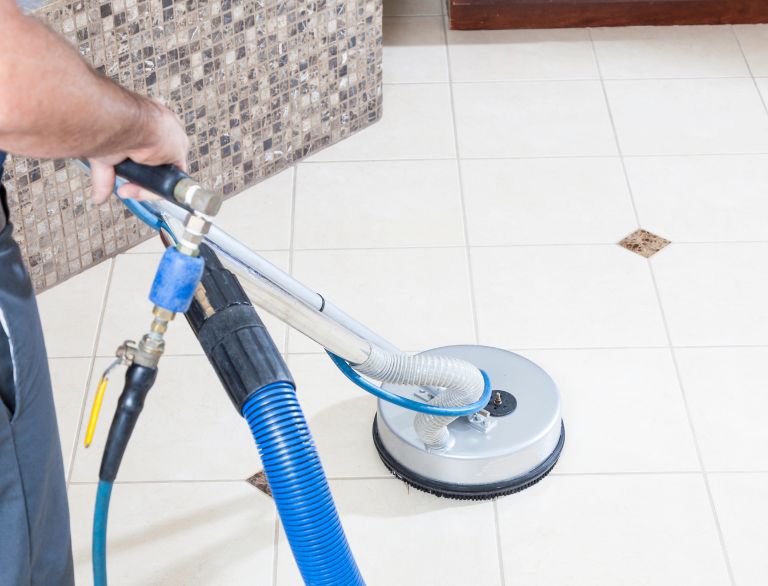A Clean Bathroom is a Happy Bathroom
Cleaning bathroom tiles doesn’t have to be frustrating or time-consuming. With a consistent routine, the right products, and a clear understanding of your tile type, you’ll get better results with less effort. Clean tiles not only look better but also help maintain a healthier, more inviting space.
And if you’re planning a bathroom refresh or new build, choosing the right bathroom tiles from the start makes all the difference in long-term maintenance. At TFO, you’ll find one of Australia’s best selections of high-quality, affordable bathroom tiles.
Visit our Sydney showroom or explore our range online to find bathroom tiles that are beautiful, practical, and made to last.
Cleaning Bathroom Tiles FAQs
What is the best way to clean shower tiles?
The best way to clean shower tiles is to use a mix of white vinegar and dish soap. Spray, let it sit for 10 minutes, scrub with a non-scratch sponge, then rinse and dry thoroughly.
How to clean bathroom tiles stain with baking soda?
To clean stains on bathroom tiles with baking soda, make a paste using water and baking soda. Apply it to the stained area, leave for 10–15 minutes, scrub gently, then rinse clean.
How to clean marble tiles in bathrooms?
The safest way to clean marble bathroom tiles is with a pH-neutral stone-safe cleaner and a soft cloth. Avoid vinegar, lemon, or any acidic products as they can damage the surface.
How to deep clean bathroom tiles?
To deep clean bathroom tiles, pre-treat with steam or soapy water, then scrub using a tile-safe cleaner and soft brush. Rinse thoroughly and dry to remove all residue and moisture.
How to clean old tiles bathroom?
The best way to clean old bathroom tiles is to use a gentle cleaner or baking soda paste to lift grime without damaging the surface. Focus on grout lines and reseal if needed.
What is the best way to clean bathroom tiles?
The best way to clean bathroom tiles is to sweep or wipe first, then use a mild cleaner suitable for your tile type. Scrub gently, rinse well, and always dry the surface after cleaning.
How to clean bathroom wall tiles?
To clean bathroom wall tiles, spray with a tile-safe cleaner, let it sit briefly, then wipe with a damp cloth. Use a squeegee after showers to reduce soap scum and water spots.
What is the best product for cleaning bathroom tiles?
The best products for cleaning bathroom tiles include CLR Bathroom Cleaner, Harpic Bathroom Cleaner, and Selleys Rapid Mould Killer. Choose based on your tile type and specific cleaning needs.
How to clean bathroom floor tiles?
Cleaning bathroom floor tiles starts with sweeping or vacuuming to remove dust and grit. Then mop with warm water and a suitable tile cleaner. Finish by drying the surface with a towel or dry mop to prevent streaks and build-up.
After cleaning your tiles, if you’re thinking about DIY bathroom renovations, our step-by-step guide can help you plan the perfect update.

